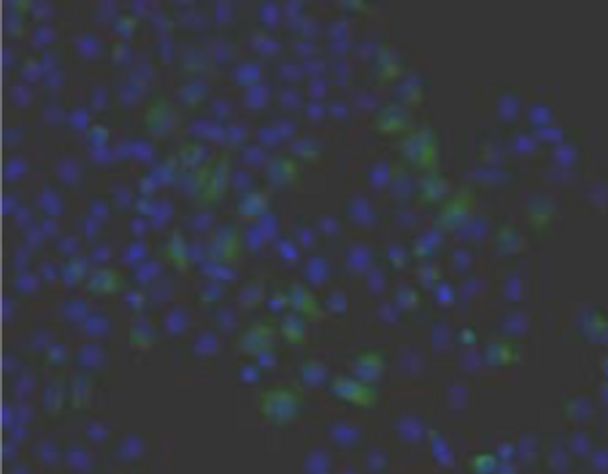Description
Clonality: Polyclonal
Host: Rabbit
Purification: Ig-PA
Reactivity: Mouse, Rat, Human
Lipid-laden macrophages may orchestrate pathology, an accepted notion for inborn lysosomal storage disorders (LSDs) and more recently for metabolic syndrome. The development of enzyme replacement therapy (ERT) for specific LSDs has led in the last decades to the identification of markers of lipid-laden macrophages. In LSDs characterized by foamy macrophages as storage cells, plasma GPNMB has been shown to accurately reflect disease burden. Moreover, GPNMB is also applicable in mouse models of LSDs like Gaucher disease and Niemann-Pick type C. GPNMB is also increased in several acquired diseases, such as metabolic syndrome and neurodegeneration. It therefore might be that these disease conditions share pathophysiological elements, in particular the accumulation of foamy, lysosomal stressed, macrophages. GPNMB is among the most upregulated proteins in lipid-laden macrophages. Nevertheless, at present its exact function in foamy macrophage remains largely enigmatic. Important unanswered questions concern the function(s) served by GPNMB, either the cellular membrane-bound or (extracellular) soluble isoforms, in lipid-laden macrophages and beyond. GPNMB is also expressed in melanocytes. GPNMB has been suggested to be involved in the delay of cell growth and regulation of metastasis. In recent years, Professor Hideaki Hara’s group at Gifu Pharmaceutical University, and others have shown that GPNMB expression is suppressed in mice that have developed amyotrophic lateral sclerosis (ALS), and tracking of GPNMB dynamics and function has been shown to be useful for ALS research.






